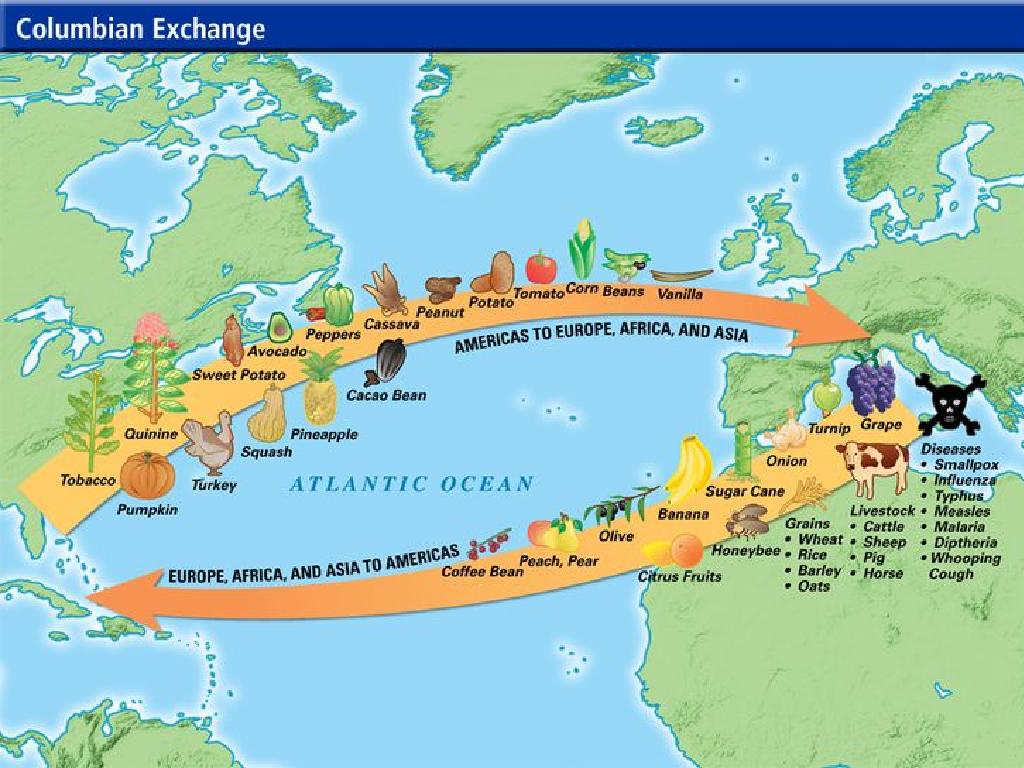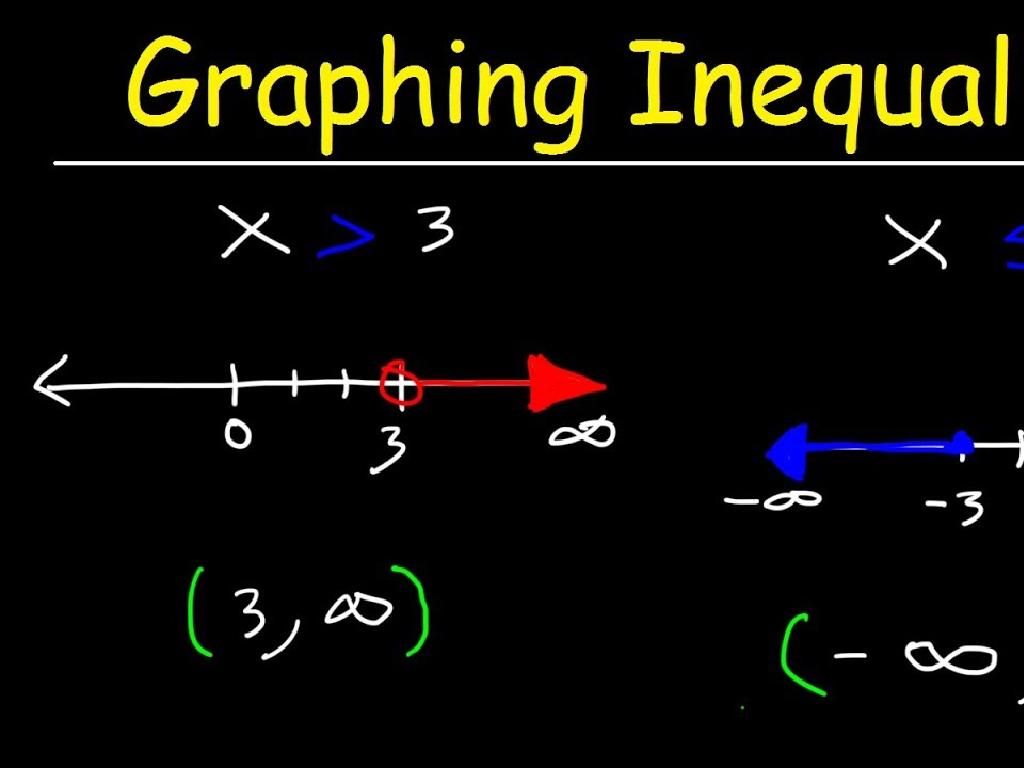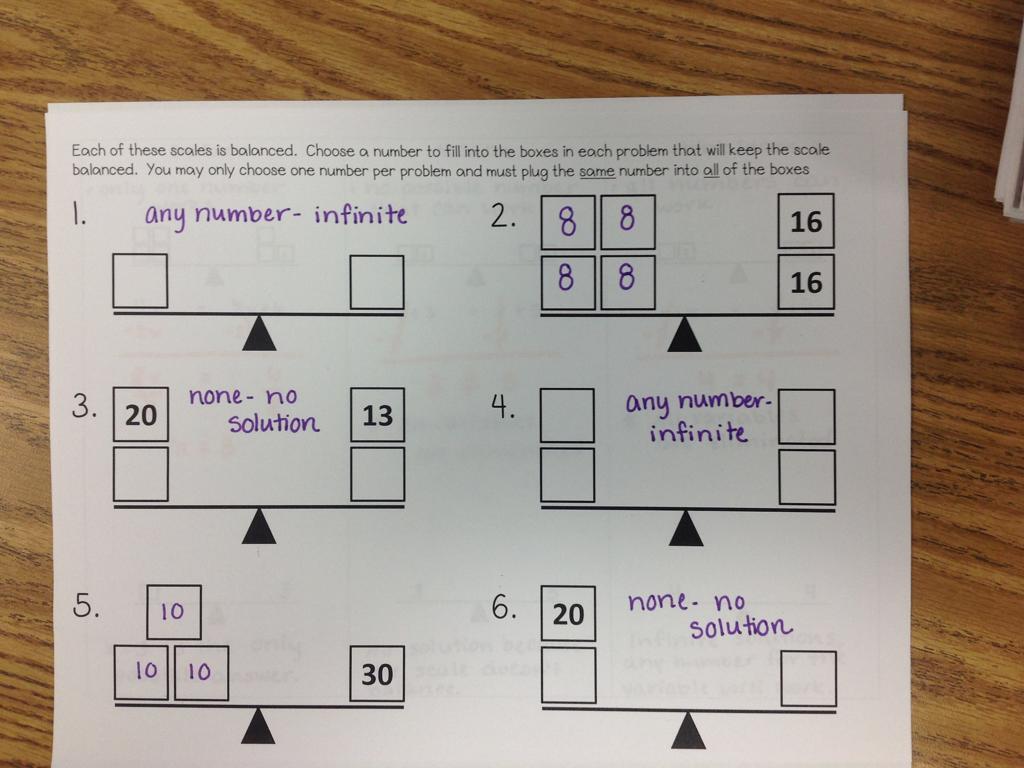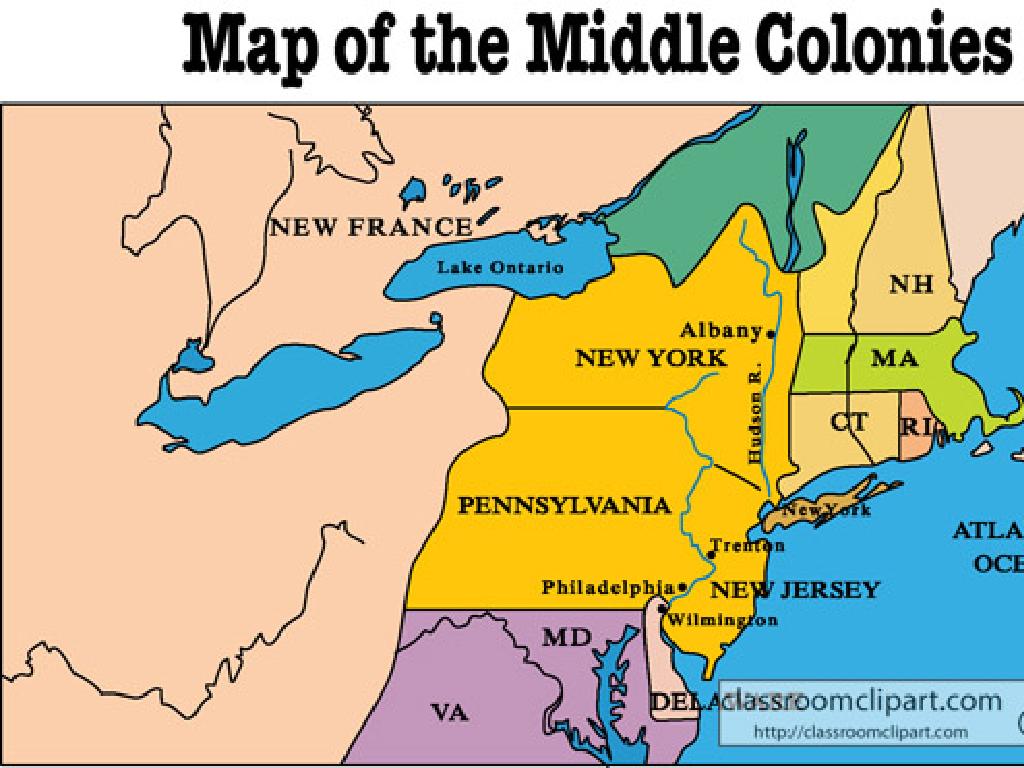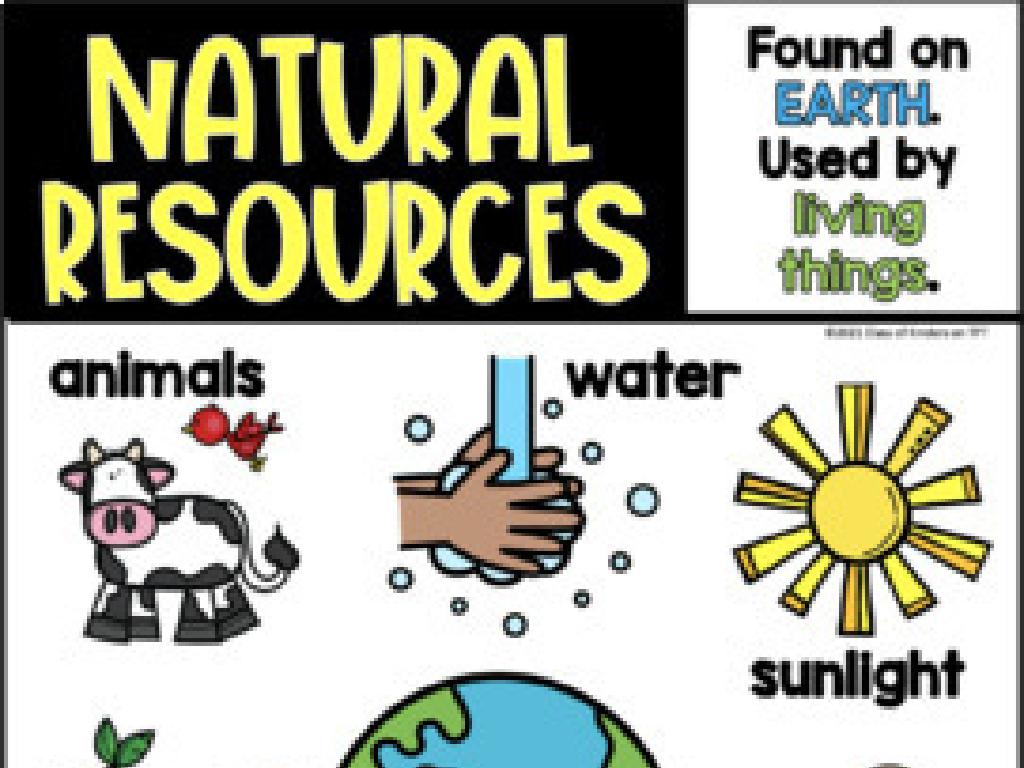Calculate Amounts Of Reactants Or Products In Chemical Reactions
Subject: Science
Grade: Seventh grade
Topic: Chemical Reactions
Please LOG IN to download the presentation. Access is available to registered users only.
View More Content
Introduction to Chemical Reactions
– Understanding chemical reactions
– A process where substances change into new substances.
– The process of a chemical reaction
– Reactants interact to form new products, often with energy change.
– Everyday chemical reaction examples
– Baking bread, rusting iron, and digesting food.
– Exploring reactants and products
– Learn to calculate the amounts of substances before and after reactions.
|
This slide introduces the concept of chemical reactions, which are fundamental processes in chemistry where substances, called reactants, transform into new substances called products. Emphasize that during these reactions, the properties of the substances change, and energy is often released or absorbed. Provide relatable examples such as baking, where ingredients mix and heat to create bread, or rust forming on iron due to oxidation. Encourage students to think of more examples from their daily lives. The goal is to prepare them for understanding how to calculate the amounts of reactants and products in these reactions, which is a key skill in chemistry.
Reactants and Products in Chemical Reactions
– Define reactants and products
– Reactants are substances that start a chemical reaction, products are what you get after the reaction.
– Role in chemical reactions
– Reactants undergo a change to form products, demonstrating the conservation of mass.
– Visual examples
– Use diagrams: Reactants A+B -> Products C+D.
– Balancing reactants and products
– Ensure the number of atoms for each element is equal on both sides of the equation.
|
This slide introduces the basic concepts of reactants and products in chemical reactions. Reactants are the starting materials that react with each other, and products are the substances formed as a result of the reaction. Emphasize the importance of the conservation of mass in a chemical reaction, where the mass of the reactants equals the mass of the products. Use visual aids like diagrams to illustrate simple reactions, helping students visualize the process. Teach students how to balance chemical equations by ensuring that the number of atoms for each element is equal on both sides, reinforcing the concept of conservation of mass. Provide examples of common reactions, such as the combination of hydrogen and oxygen to form water, to solidify understanding.
Balancing Chemical Equations
– Purpose of balancing equations
– To reflect equal quantities of each element on both sides of the equation.
– Law of Conservation of Mass
– Matter is neither created nor destroyed in a chemical reaction.
– Steps to balance equations
– 1. Write the unbalanced equation. 2. Count atoms of each element. 3. Add coefficients to balance. 4. Check your work.
– Practice problem example
– Balance H2 + O2 -> H2O. Start with O2 by making 2 H2O, then balance H2.
|
Balancing chemical equations is a fundamental skill in chemistry that ensures the Law of Conservation of Mass is upheld. This law states that in a closed system, matter is not created or destroyed, only transformed. When balancing equations, students should start by writing the unbalanced equation, then count the atoms of each element on both sides. Next, they add coefficients to make the number of atoms of each element equal on both sides. It’s crucial to check the work to ensure the equation is balanced. Provide a simple practice problem, such as balancing the equation for the reaction of hydrogen and oxygen to form water, and guide students through the process step by step. This exercise will help students understand the concept of balancing equations and the importance of the conservation of mass in chemical reactions.
Stoichiometry Basics
– What is Stoichiometry?
– Stoichiometry is the calculation of reactants and products in chemical reactions.
– Exploring the Mole Concept
– A mole is a unit that measures the amount of substance, similar to a dozen.
– Relating Moles to Reactants
– Use the mole ratio from the balanced equation to calculate reactants needed.
– Relating Moles to Products
– Use the mole ratio to calculate the amount of products formed.
|
This slide introduces the fundamental concepts of stoichiometry, which is essential for understanding chemical reactions. Begin by explaining stoichiometry as the method used to calculate the quantities of reactants and products involved in chemical reactions. Introduce the mole concept, which is a standard scientific unit for measuring large quantities of very small entities such as atoms, molecules, or other specified particles. Emphasize the importance of the mole in relating the mass of substances to the number of particles. Teach students how to use the mole ratio derived from the balanced chemical equation to determine the amounts of reactants consumed and products formed in a chemical reaction. Provide examples of simple stoichiometric calculations to illustrate these concepts.
Calculating Reactants and Products in Chemical Reactions
– Calculating reactant amounts
– Use stoichiometry to find reactant quantities based on balanced equations.
– Determining product amounts
– Apply stoichiometry to calculate expected product quantities.
– Worked example: reaction calculation
– Example: H2 + O2 -> H2O. How much water forms from 2g of hydrogen?
– Balancing equations for accuracy
|
This slide introduces the concept of stoichiometry, a method used to calculate the amounts of reactants consumed and products formed in a chemical reaction. It’s essential to start with a balanced chemical equation to ensure the law of conservation of mass is applied. Students will learn to use coefficients from the balanced equation to determine the molar ratio of reactants and products. The worked example will guide students through the process of calculating how much product is formed from a given amount of reactant, reinforcing the concept of mole-to-mole conversions. Encourage students to practice with additional examples and to check their work by ensuring the total mass of reactants equals the total mass of products.
Limiting Reactants in Chemical Reactions
– Define limiting reactant
– The substance that runs out first, stopping the reaction
– Identifying the limiting reactant
– Compare the mole ratio of reactants to the balanced equation
– Work through an example problem
– Use stoichiometry to find which reactant limits the product formed
– Discuss the significance in reactions
|
This slide introduces the concept of limiting reactants in chemical reactions, crucial for predicting the amounts of products formed. A limiting reactant is the reactant that is entirely consumed first in a reaction, thus determining the amount of product that can be formed. To identify the limiting reactant, students must use stoichiometry to compare the mole ratios of reactants used in the reaction to those in the balanced chemical equation. An example problem will help illustrate this concept by showing step-by-step how to calculate which reactant is the limiting one. Understanding limiting reactants is essential for students as it applies to real-world scenarios, such as cooking recipes and manufacturing processes, where proportions matter for the desired outcome.
Excess Reactants in Chemical Reactions
– Define excess reactant
– Substance that remains after a reaction is complete
– How to find the excess reactant
– Compare calculated amounts of reactants used
– Work through an example problem
– Use stoichiometry to solve a sample problem
– Discuss the role of excess reactants
|
This slide introduces the concept of excess reactants in chemical reactions. An excess reactant is the substance that is not completely used up when the reaction is finished. To determine which reactant is in excess, students must first balance the chemical equation, then use stoichiometry to calculate the amount of reactants needed for the reaction. Any reactant that has a higher amount than needed is the excess reactant. The example problem will guide students through this process step by step. Understanding excess reactants is crucial for predicting the amounts of products formed and for efficient resource use in chemical processes.
Class Activity: Reactants and Products Calculation
– Practice with a chemical equation
– Balance the equation
Ensure each side of the equation has the same number of atoms for each element
– Calculate reactants and products
Use the balanced equation to determine the amounts needed or produced
– Collaborate and discuss solutions
Pair up, solve together, and prepare to share your approach
|
This activity is designed to reinforce students’ understanding of stoichiometry and the conservation of mass in chemical reactions. Provide each pair with a different chemical equation to balance and calculate the amounts of reactants and products. Encourage collaboration and problem-solving skills. After the activity, lead a class discussion where pairs explain their methods and findings. Possible equations to use include the synthesis of water (2H2 + O2 -> 2H2O), combustion of methane (CH4 + 2O2 -> CO2 + 2H2O), or photosynthesis (6CO2 + 6H2O -> C6H12O6 + 6O2). This will help students understand the practical application of chemical equations in predicting the outcomes of reactions.
Conclusion: Reactants, Products, and Stoichiometry
– Recap: Calculating reactants/products
– Stoichiometry’s role in reactions
– Stoichiometry helps predict amounts of substances involved in reactions.
– Homework assignment reminder
– Complete practice problems on calculating reactants and products.
– Review key concepts learned
|
As we wrap up today’s lesson, it’s important to revisit the main concepts we’ve covered. We learned how to calculate the amounts of reactants and products in chemical reactions using balanced chemical equations. Understanding stoichiometry is crucial as it allows us to predict how much of each substance is needed or produced in a reaction. For homework, students are to complete a set of practice problems that will reinforce today’s lesson and prepare them for more complex chemical equations. Ensure that students are clear on the homework requirements and remind them to bring any questions they have to the next class. Reviewing these key concepts will solidify their understanding and help them in future lessons on chemical reactions.

